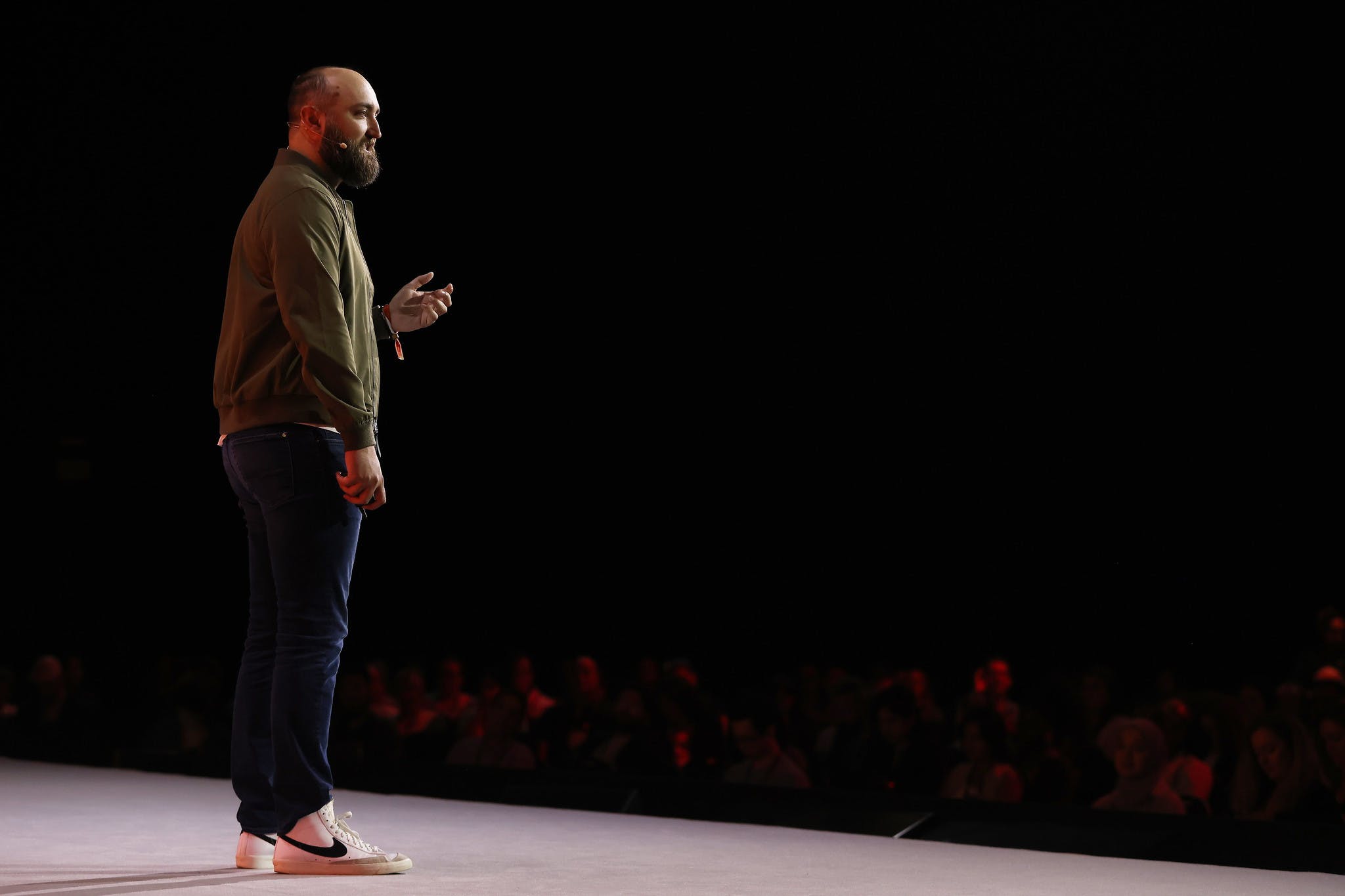
The NY Times on uniting journalists and marketers for impact

David Rubin, CMO of the New York Times, reflected on how the publication has changed its approach to how its two main departments – the newsroom and marketing – work together.
The New York Times has always focused on telling other people’s stories. It learned to tell its own story by codifying core values and fostering collaboration between its journalists and marketers.
Founded nearly 175 years ago, the New York Times is a journalistic institution with more than nine million digital subscribers across its various brands. It has remained standing in the wake of wars, recessions and massive social upheaval.
And all of this, said the publication’s CMO, David Rubin, without ever really needing to market itself: “The media, historically, survives because others believe that it’s needed to tell their story. But what the media hasn’t done as well is tell its own story.”
People understand what media publications are for. But do their employees – the award-winning journalists, illustrators and other creatives – understand what their publications really stand for in a shrinking industry that’s putting the squeeze on even the most resilient media outlets?
Marketing the New York Times – to itself
When David joined the New York Times as CMO in 2016, the publication was run in two independent parts: the newsroom side, where journalists delivered news stories, and the business side, which sold the news. According to David, a former executive editor enforced a rule that journalists and marketers weren’t allowed to talk to each other if riding in an elevator together.
David also highlighted that everyone had previously had an idea of the New York Times’ core values, but they had never been codified. The company, David said, was suspicious of “this kind of marketing tactic”. Ultimately, “writing down our purpose enabled 5,000 people to start working from the same page”.
Now, said David, journalists actively engage with the company’s marketing team, pitching stories that would make good adverts and contributing to the department’s creative vision.
Contributing to truth-telling, no matter how hard
One of the biggest stories ever broken by the New York Times was an exposé on Harvey Weinstein’s sexual misconduct, written in 2017 by Jodi Kantor and Megan Twohey. The story uncovered decades of abuse within Hollywood, and took the #MeToo movement global.
David called attention to a famous photo of the two reporters huddled together over a laptop with their editor and other journalists, ready to publish the Harvey Weinstein article. In the background of the image, you can find, handwritten on a sticky note pinned to one of the work cubicles, the phrase ‘The Truth is Hard’ – the advertising slogan of the New York Times.
This mantra inspired the media giant to publish one of its most ambitious and impactful stories ever. And that’s what marketing can achieve – empowering people to really believe in what they do.
For more insight into how the world of marketing is evolving, sign up for updates from the Web Summit newsletter!
Main image: Web Summit


